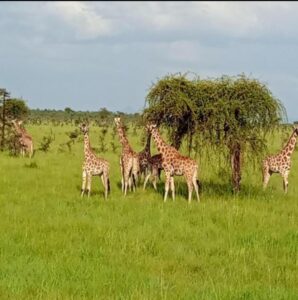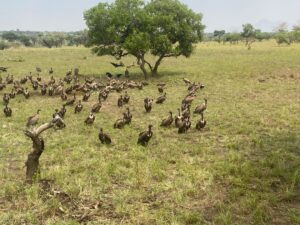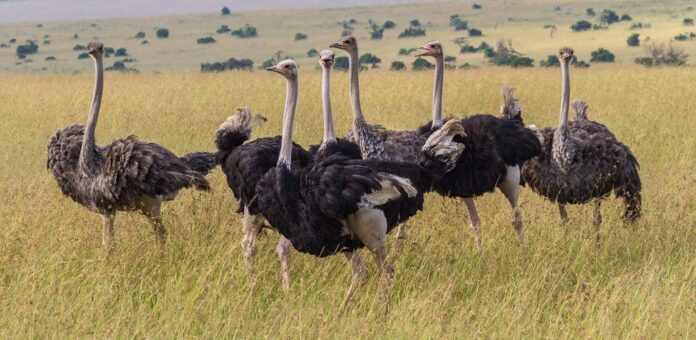Uganda’s tourism industry is experiencing steady growth, with a surge in participation from various stakeholders.
Conservationists in Nakapiripirit are actively engaging in public awareness campaigns for the promotion of wildlife conservation and the role of tourism. This week, we feature Pian Upe Wildlife Reserve.
Spanning an expansive 2788 sq. km. area from Mt. Kadam to Mt. Napak in Nakapiripirit District, Pian Upe stands as Uganda’s largest wildlife reserve. Within its borders, it is home to a variety of species, including giraffes, water-bucks, zebras, leopards, buffaloes, and more.

The reserve’s ecosystem, characterized by savannas and mountains in a semi-arid landscape, provides habitat for abundant bird-life, notably found around the Loporokocho swamp.
In this region, numerous bird species that are rarely spotted elsewhere can be found, including the ostrich (Struthio camelus), Hartlaub’s bustard (Lissotis hartlaubii), Jackson’s hornbill (Tockus jacksoni), and the white-headed buffalo-weaver (Dinemellia dinemelli).

Pian Upe’s ecological significance extends beyond its rich biodiversity. It hosts rare species like topis, gazelles, and hartebeests, along with being a crucial migratory route for birds from Europe.
Lake Opeta wetlands, within the reserve, hold vital biological importance and serve as a crucial water source for pastoral tribes in the region.
The Pian-Upe Game Reserve, in particular, has become a magnet for tourists, both domestic and international. The reserve offers comfortable accommodations and well-placed camping sites for wildlife viewing.
According to Senior Warden James Okware IIIukor, there are limited accommodation options within this reserve for overnight visitors, presenting a promising opportunity for investors.
However, for touring guests, they can choose from the four bandas and several lodges accessible from the reserve’s headquarters, the Uganda Wildlife Authority Headquarters at Kawaach Sub county, Nakapiripirit District.
He added that for those who are more adventurous and would like to listen more closely to the sounds of the African wild, camping is a splendid option.
While there are tents that can be hired, it is better to travel with your own and pitch them at the headquarters.
Oboth Henry
Communication Officer Nakapiripirit DLG
henryepiat@gmail.com















